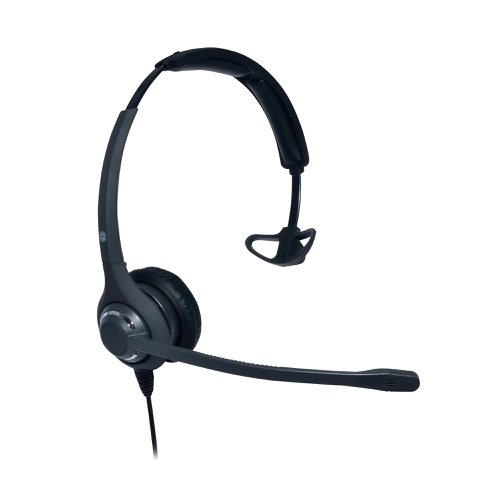

Cloud computing is one of the most noticeable advances. It allows users to store and access data and applications remotely, eliminating the need for physical storage devices. This technology enables employees to collaborate on projects in real-time, access files from anywhere with an internet connection, and work seamlessly across different devices. It has made data sharing and document management more efficient and has reduced the risk of data loss.

Video conferencing and collaboration tools have also made a significant impact. With the rise of remote work, video conferencing platforms have become essential for virtual meetings and team collaborations. Services like Zoom, Microsoft Teams, and Google Meet provide seamless audio and video communication, screen sharing, and chat features. These tools have made it easier for teams to collaborate across different time zones and locations, saving time and travel costs.

Automation and artificial intelligence (AI) have transformed office tasks. AI-powered chatbots and virtual assistants handle routine tasks and provide instant support to employees and customers. These intelligent systems can answer common questions, automate customer service interactions, and streamline administrative processes. Automation technologies have also been integrated into workflows, automating repetitive tasks such as data entry and report generation.

The Internet of Things (IoT) has connected various devices and objects to the internet, transforming office spaces. Smart devices like thermostats and security cameras can be controlled remotely, optimizing energy usage and enhancing security. IoT sensors monitor office environments, collecting data on occupancy, temperature, and air quality, providing insights for better resource allocation and a comfortable work environment.

Data analytics and business intelligence tools are crucial for decision-making. These tools collect and analyze data to uncover patterns, trends, and insights. With advanced analytics, organizations can make data-driven decisions, improve operational efficiency, and identify growth opportunities. Data visualization tools present complex information in an understandable format, allowing employees to interpret and communicate data effectively.

Cybersecurity has also advanced to protect sensitive data. Multi-factor authentication, encryption technologies, and secure cloud storage solutions are used to safeguard information. Machine learning algorithms detect and respond to potential security breaches in real-time.

In conclusion, the latest technological advances have transformed the modern office, improving productivity, communication, and data management. Cloud computing, video conferencing, automation, AI, IoT, data analytics, and cybersecurity technologies have revolutionized the way we work. These advancements simplify tasks, improve efficiency, and provide valuable insights, enabling organizations to adapt to the demands of the digital age. With continued innovation, the office environment will continue to evolve, offering new possibilities and opportunities for businesses and their employees.




 Quick Order
Quick Order



